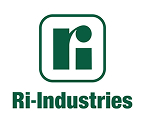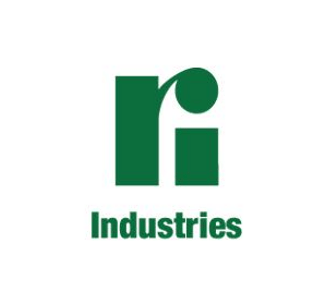We at Ri-Industries are always here to answer our customers’ questions, and one of our most frequently asked questions is how to get started with a new or recently pumped-out septic. There can be a lot of different information floating around in the murky water of the septic world, so Ri-Industries would like to clear things up.
Do I need to do anything to start my new septic?
When purchasing a new septic system, you may wonder if there is something special you might need to do in order to get it started. Here is some background knowledge that might be helpful for your septic tanks’ ‘opening ceremony.’
The dead possum myth
In the old days, when a new septic system was started up on a farm, a dead possum or sheep was thrown in to the septic tank; septic folklore had it that the rotten possum would ‘kick-start’ the system. Some people even suggest dropping buttermilk or raw meat into your septic in order to add some additional bacteria.
Myth busted:
How trustworthy are these at-home remedies for starting up your septic tank? Because raw meat and buttermilk would add minimal amounts of bacteria in comparison to the size of your tank, you would need to use them daily, and this would be insensible, costly (and weird). As for the possum myth, if you are installing a new septic system in the near future, it could certainly be difficult to find a possum or sheep on such short notice!
In the end, the sewage which starts flowing into the tank as soon as it is connected to the house provides plenty of nutrients for the bacteria to begin doing their job; no possum, sheep, or buttermilk required.
The recommended treatment:
To start up a new or pumped out Ri-Industries septic system, fill the tank with clean water and add a cupful of lime down the toilet every day for 7 days. This little bit of extra added effort at the beginning of your septic tank’s life will be worth it in the long run. The lime prevents odours and increases the pH (alkalinity), which encourages bacterial growth.
Remember that good bacteria can be your septic system’s best friend, and there are many ways to maintain good bacteria in your septic tank. If your septic becomes smelly over the course of its lifetime, try repeating the lime treatment to promote further bacterial growth.
When it is time to get your new Ri-Industries septic system off to a start, please do not hesitate to contact us. We promise there will be no possum involved!




